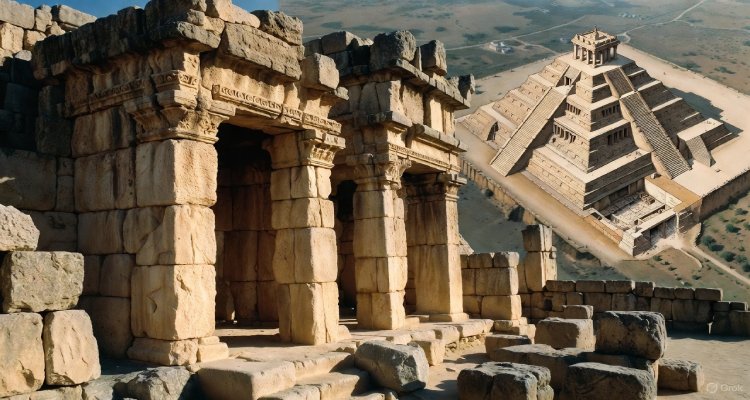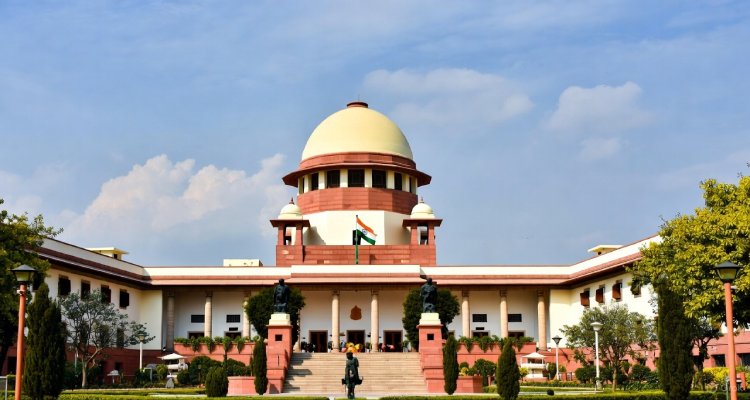Courts Can’t Impose Timelines on President, Governors to Act on Bills: Supreme Court Clarifies Powers and Limits
India’s Supreme Court rules that courts cannot set timelines for the President or Governors to act on Bills, but prolonged inaction may invite limited scrutiny.
Introduction: A Landmark Ruling on Executive Assent
In a judgment that reshapes the delicate constitutional balance between the judiciary and the executive, a five-judge Constitution Bench of the Supreme Court of India ruled that courts cannot impose timelines on Governors or the President when deciding whether to grant assent to Bills passed by state legislatures. The ruling comes amid escalating tensions between several Opposition-governed states and their Governors over delays in legislative approvals.
Yet, the Court delivered a critical caveat: while the executive enjoys discretion, no constitutional authority can leave Bills in limbo indefinitely. Prolonged or unexplained inaction, the bench said, can trigger limited judicial intervention.
Context & Background: A Clash Brewing for Years
For months, Opposition-led states like Tamil Nadu, Kerala, and Punjab have locked horns with their respective Governors, accusing them of stalling key legislative proposals by withholding assent without explanation. The issue snowballed into a national debate on the boundaries of gubernatorial power and the autonomy of elected state governments.
The tipping point arrived in April when the Supreme Court intervened to clear 10 Bills stalled by Tamil Nadu Governor R.N. Ravi, ruling that Governors cannot indefinitely sit on legislation that has already passed the democratic test in state legislatures.
Amid these confrontations, President Droupadi Murmu invoked the rarely used Article 143(1) of the Constitution on May 13, referring 14 critical questions to the Supreme Court regarding the interpretation of Articles 200 and 201, which govern the assent process for State Bills. Article 143 is reserved for matters of deep constitutional significance—last invoked during issues like the Babri Masjid dispute and the Ninth Schedule controversy.
The reference sought clarity on the constitutional limits of gubernatorial authority, triggering one of the most important constitutional hearings in recent years.
Main Developments: What the Supreme Court Ruled
Courts Cannot Dictate Timelines to the President or Governors
The Constitution Bench, led by Chief Justice B.R. Gavai, ruled that the judiciary cannot prescribe time limits for the President or Governors to act on Bills. Doing so, the Court held, would amount to intruding into the domain of the executive—a direct violation of the doctrine of separation of powers.
No Unfettered Power to Stall Bills
Despite this, the bench drew a clear boundary: inaction that is “prolonged, unexplained and indefinite” is subject to limited judicial scrutiny. While courts cannot challenge the merits of the decision under Article 200, they can compel authorities to act within a “reasonable” period if there is no justification for delay.
No “Deemed Assent” Through Judicial Power
The Court rejected the idea that it can grant “deemed assent” using its plenary powers under Article 142, stating that such an act would rewrite the Constitution. The bench stressed that Article 142 cannot override the explicitly stated procedures in Articles 200 and 201.
Governor’s Constitutional Options Clarified
Under Article 200, a Governor has three choices when presented with a Bill:
- Grant assent
- Reserve the Bill for the President’s consideration
- Withhold assent and return the Bill with comments—only if it is not a Money Bill
Crucially, the bench reaffirmed that while Governors enjoy discretion in choosing from these options, that discretion cannot be exercised arbitrarily or indefinitely.
President’s Assent Also Not Justiciable
Similarly, the Court stated that the President’s decision under Article 201 is not open to judicial review, nor can courts prescribe mandatory timelines for action.
Expert Insight & Public Reaction
Constitutional scholars say the ruling may be a turning point in defining the contours of gubernatorial power.
Dr. Mira Deshpande, constitutional law professor at NALSAR University, notes:
“The Court walked a tightrope. It protected constitutional authorities from judicial overreach but simultaneously warned against executive inaction. This dual stance preserves federalism while reinforcing accountability.”
Former governors expressed mixed views. Some welcomed the ruling, saying the judiciary must not encroach on executive discretion. Others argued that the decision could allow Governors to continue delaying Bills without consequence unless states challenge such delays in court.
Political leaders from Opposition-run states reacted cautiously. While they welcomed the Court’s acknowledgement that indefinite delays are unacceptable, they expressed concern that the absence of fixed timelines leaves room for further friction.
Impact & Implications: What Happens Next?
Governors Cannot Ignore Bills Indefinitely
While no timelines have been set, Governors will now face judicial scrutiny if they hold Bills without valid reason. This is expected to curb the growing trend of prolonged legislative delays.
States May Still Approach the Court
If Bills continue to be kept pending, state governments may file petitions highlighting “prolonged, unexplained” inaction—now armed with the Supreme Court’s guidance.
Federal Tensions Could Ease—or Escalate
The ruling attempts to balance federalism and constitutional propriety, but real-world politics may pose new challenges. Governors appointed by the Union government may still clash with Opposition-led states.
Constitutional Clarity Strengthens Legislative Processes
By clarifying Articles 200 and 201, the Court’s opinion may spur reforms in how Bills are processed, communicated, and explained between constitutional authorities and state governments.
Conclusion: A Landmark Opinion for India’s Democracy
The Supreme Court’s judgment reinforces a central Constitutional principle: neither the judiciary nor the executive can overstep its limits. While Governors and the President cannot be rushed into decisions, they also cannot act in silence indefinitely.
By striking a balance between autonomy and accountability, the Court has offered India’s federal structure a stronger, more defined path forward—one that respects democratic processes without weakening constitutional checks.
The coming months will reveal whether this judicial guidance reduces the friction between states and their Governors or whether the constitutional tug-of-war continues in new forms.
Disclaimer : This article is based solely on the provided information and is intended for educational and journalistic purposes. It does not constitute legal advice.











